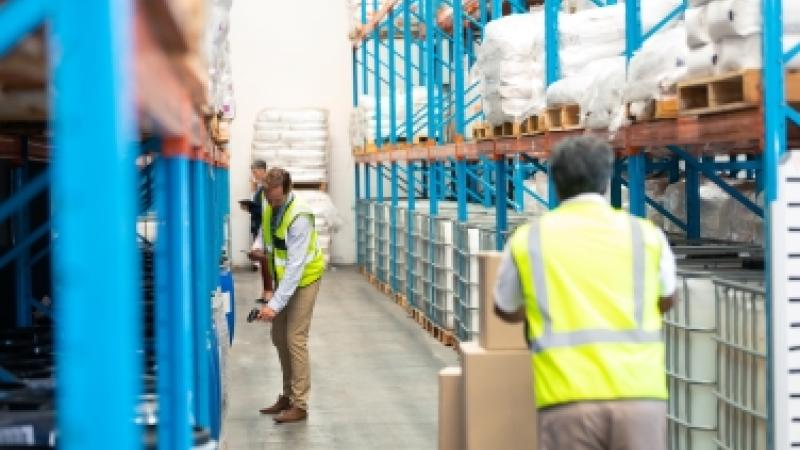ChemLock Security Plan
Do you have a security plan in place to secure your dangerous chemicals? If your facility experienced a cyber or physical attack, would you know what to do?
To help facilities that possess dangerous chemicals develop and implement a tailored security plan that will prevent dangerous chemicals from being exploited, the ChemLock program provides a variety of no-cost services and tools to help these facilities better understand the risks they face and improve their chemical security posture in a way that works for their business model.
Developing a Facility Security Plan
Understanding security principles is valuable, but without a facility security plan that implements specific security measures to meet the security goals, facilities may be unnecessarily exposing themselves to risk. The second part of ChemLock: Secure Your Chemicals provides a draft facility security plan that any facility can use to develop and implement a security plan customized to their unique circumstances and business model. (CISA also published ChemLock: Secure Your Chemicals Template in an editable format that can be easily customized to meet any organization's specifications and needs.)
Not sure where to start? CISA has chemical security experts across the country available to help you develop a facility security plan. To request CISA's chemical security expertise in helping to develop a facility security plan, please fill out the ChemLock Services Request Form linked below.
If you want to learn more about how to develop a security plan and the ChemLock security goals, ChemLock provides training that will walk you through the five security goals in greater detail and how to build a facility security plan tailored for your facility.

ChemLock On-Site Assessments and Assistance

ChemLock Training
Chemical Security Plan Resources
ChemLock: Secure Your Chemicals
A guidance document that walks facilities step-by-step through the process of developing and implementing a facility security plan and an editable security plan template that can be easily customized to any organization's specifications and needs.
ChemLock Security Goals
To help facilities apply a comprehensive approach to security that can address different threats and hazards, the ChemLock program presents five security goals for facilities to think through as they formulate a facility security plan.
ChemLock Templates
CISA's ChemLock program has developed several customizable templates that can be downloaded and used to help a facility or organization enhance their chemical security.
ChemLock: Secure Your Chemicals Security Planning Course
This course walks through the key elements of a chemical security plan and how to create a tailored, scalable security plan that meets the business model and unique circumstances of a facility.
Chemical Security Considerations
The ChemLock program provides a variety of chemical security considerations that facilities with dangerous chemicals should consider as they develop and implement a facility security plan.

ChemLock: Chemical Product Stewardship

ChemLock: Chemical Security on a Budget

ChemLock: Chemical Security Considerations for No-Notice Events

ChemLock: Conducting a Chemical Security Self-Assessment

ChemLock: Reporting Suspicious Activity and Security Incidents
Contact Information
For more information or questions, please email ChemLock@cisa.dhs.gov.




